
Jeff King
gamer level 2
615 xp
615 xp
followers
12
12
Use my invite URL to register (this will give me kudos)
https://boardgaming.com/register/?invited_by=darkwind
profile badges
...
...
...
...
recent achievements

My First Heart
Show your loyalty for a game by clicking the "Heart" button on a game page.
Show your loyalty for a game by clicking the "Heart" button on a game page.

Amateur Grader
Grade 10 more reviews or tips by clicking "Yes" or "No" in response to the question "Was this helpful?"
Grade 10 more reviews or tips by clicking "Yes" or "No" in response to the question "Was this helpful?"

I'm Gettin' the Hang of It
Claim that you have played a game today by clicking the "Played Today!" button on a game page 10 times.
Claim that you have played a game today by clicking the "Played Today!" button on a game page 10 times.

My First Game Tip
Submit a game tip, strategy, or house rule.
Submit a game tip, strategy, or house rule.
Player Stats
Critic (lvl 1)
195 xp
195 xp
Explorer (lvl 0)
84 xp
84 xp
Professor (lvl 0)
50 xp
50 xp
Reporter (lvl 0)
72 xp
72 xp
About Me
I play just about all types of games, although miniatures is probably the one area I don't get into heavily. I'm a founding member of Rochester Gamers Community and I also am the convention coordinator for Gamers Reunion.
Lately, you can find me as the co-host of two podcasts: All Us Geeks & Two Bald Geeks. All Us Geeks is all things geek culture related, with a core focus on reviewing board games and crowd funding. Two Bald Geeks is a monthly podcast reviewing horror movies.




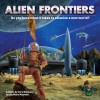





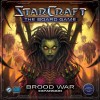






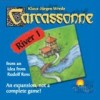

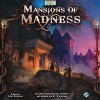




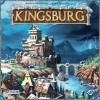
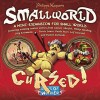






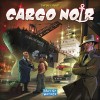












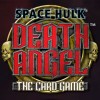










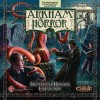

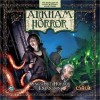


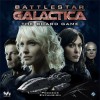
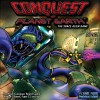




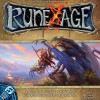
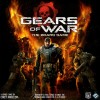
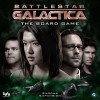
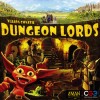
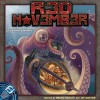


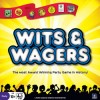

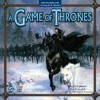
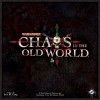

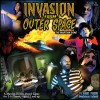
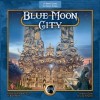


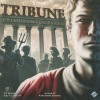
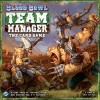




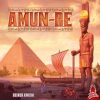







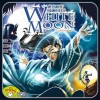




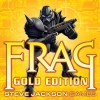

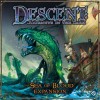
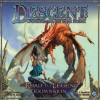
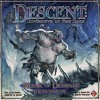

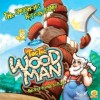



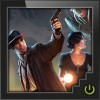




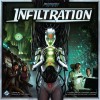


Alien Frontiers
Alien Frontiers, developed by Clever Mojo Games, is a great space themed game that utilizes its mechanics well for a solid game play experience.
Components
The components for this game are extremely well done.
The board looks great and also offers a lot of information, utilizing language independent icons. Dice are used in 4 different player colors to represent spaceships. Each player also gets small wooden tokens in their color to represent colonies they place on the board. A small handful of cards are used to represent Alien Technology that players can acquire to interact with the game and their ships. There are also wooden tokes to represent fuel and ore, which are collected and used to pay for various things in the game.
Mechanics
Dice Rolling – Yep, the “dreaded” DR phrase. It’s actually one of the core mechanics of this game. But it works really, really well. And with the right Alien Technology cards you can manipulate the dice to use them effectively. So yes there is some random element involved since you have to roll the dice, but there are ways to control it a bit. If you like Kingsburg and games like that, this mechanic will not bother you and I think you have the potential for more control of the dice in Alien Frontiers than you do in Kingsburg.
Territory Control – As you place your colonies, you’ll be thinking about if you can gain control of a territory, or if you can at least make it so no one has control. The reason for this is the player that has control of a territory gets an additional victory point and bonus abilities to use during the game. The moment they no longer have more colonies than anyone else (so even on a tie); they lose both the bonus abilities and the victory point. Placing your colonies and gaining control of territories are the two main way to gain victory points for the end of game win.
Worker Placement – In this case your workers are spaceships. Your choices for where to place those spaceships each round are determined by: what you roll, what you can manipulate on those rolls, and what areas are still open for ships to dock. Like most worker placement games, most areas on the board do not have enough spaces for everyone to use them. So you might have the perfect roll for something, but without an open spot to dock your ships you are out of luck. This adds a bit of a cut throat strategy element as well. You can use worker placement not only to your benefit, but also to your opponent’s detriment. If you like Kingsburg but wish it would move a little faster, or don’t like Kingsburg because of the slow pace, this might be a game to check out. The Worker placement isn’t as “round robin” as Kingsburg. You place all of your ships/dice on your turn and they stay in their spot until your next turn. The next player will remove their dice, roll them, and then work with the open areas on the board. So there’s less wondering if you need to take a spot or if it will still be available for your remaining dice. You place all your dice, work with the spots that are open, and you’re done. Yes, there can be some Analysis Paralysis, but it’s minimized greatly next to the amount I’ve seen in some Kingsburg games (I enjoy Kingsburg, don’t get me wrong).
Fluctuating Scoring – As mentioned above, having control of a territory gets you extra victory points, but losing control will also make you lose that point. There are also a couple of Alien Technology cards that will give you victory points as well, but those can be stolen. So your score is not a fixed element in this game. And you will be thinking not only about how you can gain points, but also how you can make your opponents lose points as well.
Variable Powers – Between the Alien Technology cards and the Territory control benefits, you will have variety of tricks at your disposal. And all of them can be taken away just as fast as you gain them! This helps make the game a bit more cutthroat as well. And it’s one more thing to be thinking about. Sometimes you’ll make a play to gain an ability and other times you might make a play just so no one has that ability for a turn or two. Almost all the Alien Technology cards have a “pay to use” ability and a “one time; discard to use” ability. So the cards can come in and out of play easily. There’s also a spot on the board to dock ships that allows you to steal cards from other players. So the additional abilities will be in constant flux.
Overall Impressions
I really, really like this game. I love that it plays pretty fast and allows for a lot of manipulation of the dice. The cutthroat aspect of controlling territories for extra points and abilities is pretty nice as well. It makes for some contention and makes you think about the best placement of your limited colonies.
From a teaching aspect, this game is great as well. I was able to grab the game, read through the rules, and teach it to a new player that same night. There was minimal referring back to the rules, and when you do have to refer back; the rulebook is laid out nicely and I was able to find answers quickly. I have only found one rule that was being played incorrectly so far, and that was not the fault of the book. It was me not paying more attention to a territory that I never really go after.
I will definitely add this game to my list of games to teach at game day events.